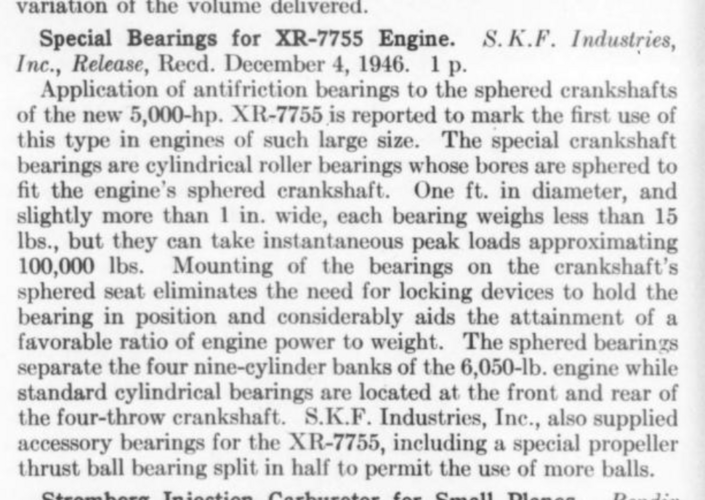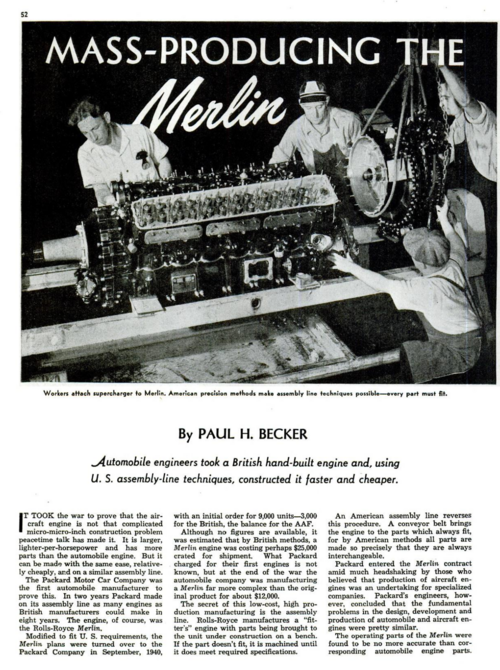Let's take a trip into alternative history, if we may. You are given the time, the money and the resources to fix the Rolls-Royce Vulture. What do you say after careful consideration of the problem?
A. "Yes! It's worth doing! This engine offers advantages that no other aero engine currently built in metal can match, and these are..."
B. "Forget it! The Merlin is showing itself to be beautifully amenable to improvement, the Sabre is proving more amenable to having its bugs fixed and the Griffon and Centaurus will give us all the high-horsepower grunt we need until that freakish Whittle thing is ready to take over."
C. "This engine is so intrinsically flawed it deserves to spend eternity in the same corner of Hell as the Blackburn Botha, and the designers need to be drowned in a large vat of tapioca pudding."
I dont have enough detailed technical info on the Vulture to be absolutely certain, but - broadly speaking, if you concentrate on ONE thing, you can make nearly any engine of fundamentally sensible type work.
But, it may well take you an entirely unacceptable period to do so. Work you put into an engine can be broadly categorised as either
A "making it not break"
or
B "making it better - more powerful - better supercharger etc"
You want something where working on the engine is mostly B, with a few short instances of A so the strength of the mechanical bits stay
ahead of the requirements on them.
If it needs almost all "A", you`ll get an engine which works, but might be useless as by the time you`ve got it working you`ll find everyone else started with something simpler and put all their time into "B" meaning their engines actually perform better although they might appear fundamentally less clever in layout.
I suspect the Vulture was 90% A and 10% of B
Once the Merlin got past the ramp head silliness, it was probably 20% A and 80% B.
You can always argue that "with just another year the Vulture etc would have got past its "ramp head silliness" zone" too, but
there is no good evidence that this was ever really about to actually happen. Hives and other RR people are always saying in letters that the Vulture was great but was never installed properly.
Another way of looking at it might be that if all your best people cant even get it working such that any deviations from perfect in terms of installation make it fall to bits, maybe, its just fundamentally not really up to it. (in fact there appear to have been rather more serious problems than the installation if you read letters NOT from RR)








